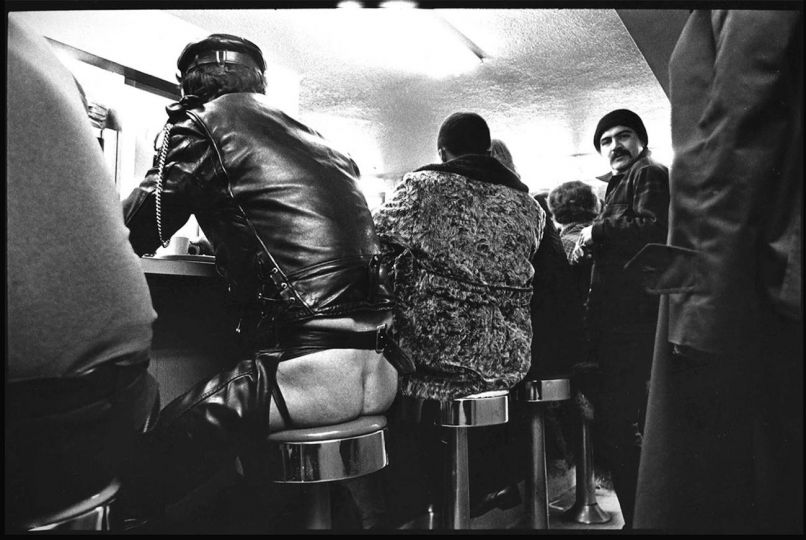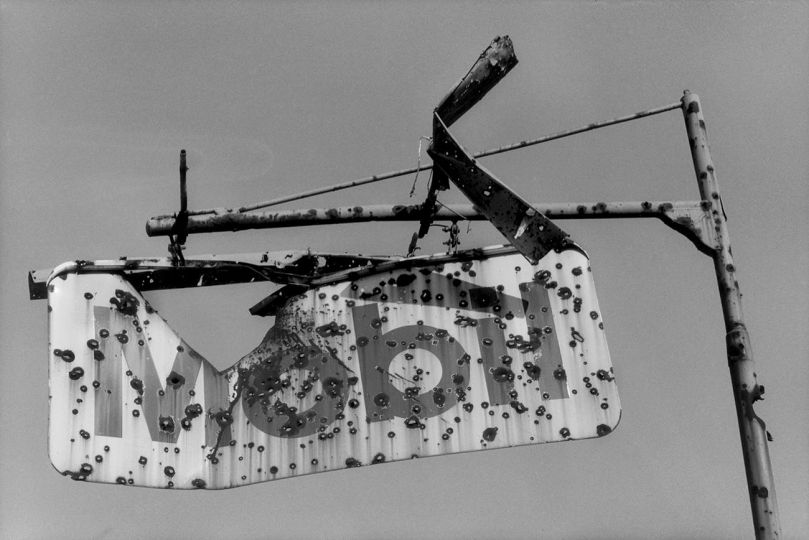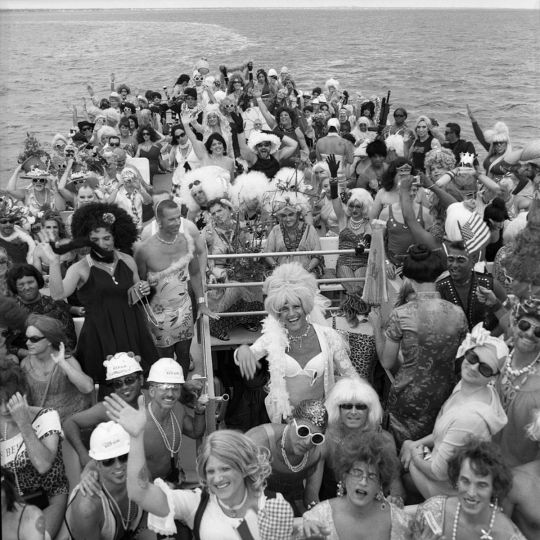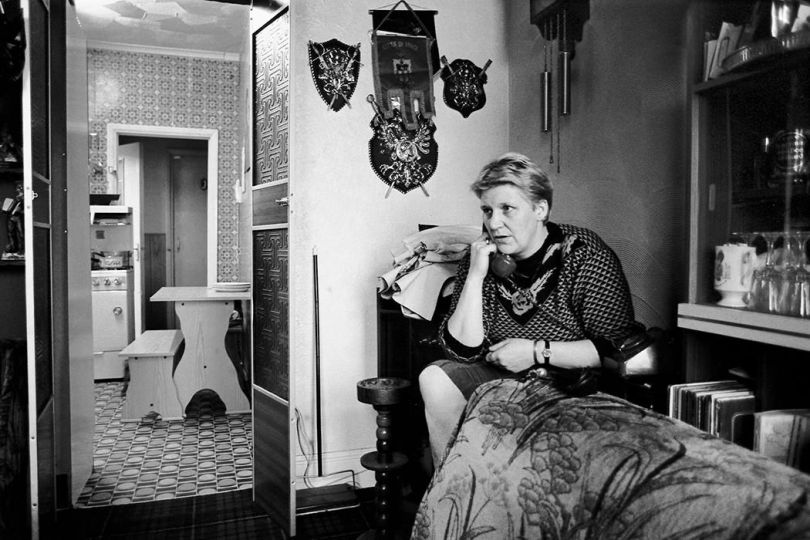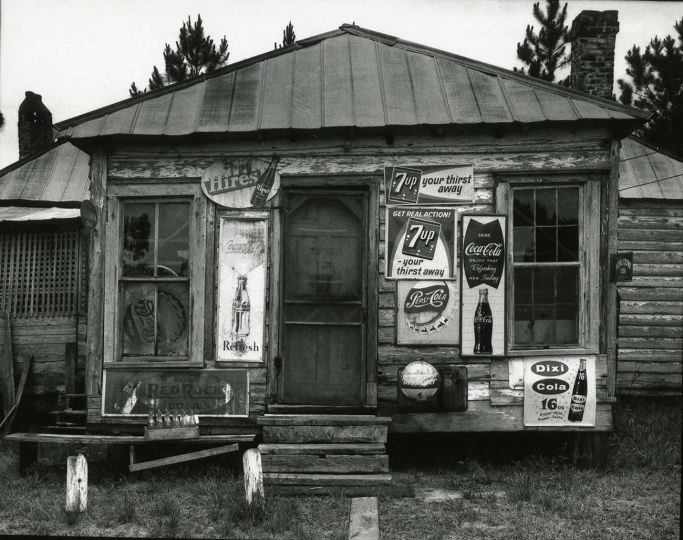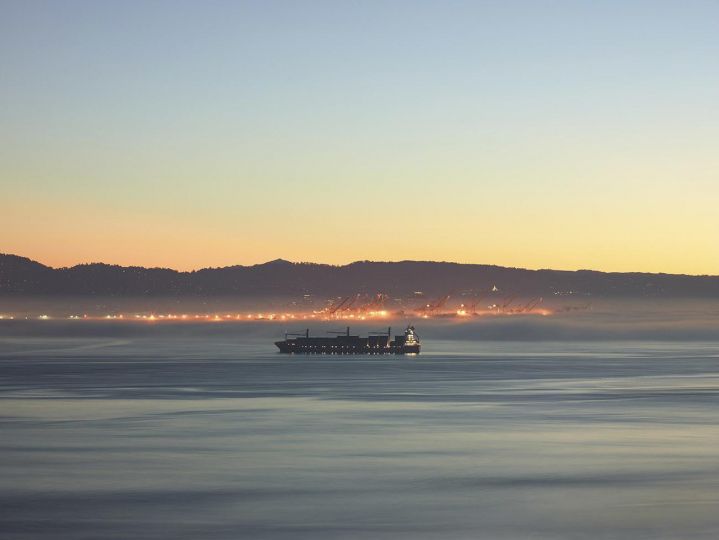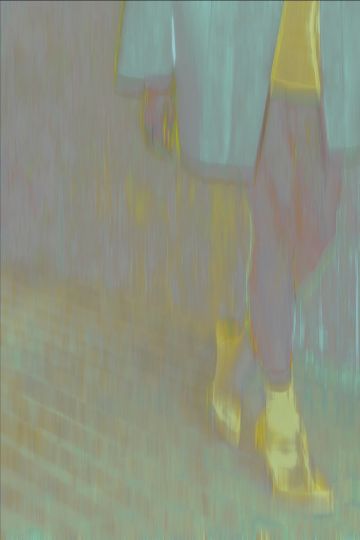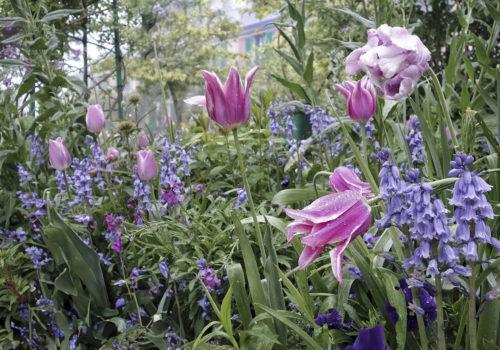When Daniel Birnbaum became director at the Moderna Museet in Stockholm in 2011 he took the radical step to rehang the museum’s whole collection: out went the Rauchenbergs, the Duchamps and the Kleins and in came Cindy Sherman, Duane Michaels and Larry Clark…
Moderna Museet´s impressive collection of photography, ranging from 1840 to the present, featuring many of the most important names in the history of photography contains more than 100.000 photographs. Together with a growing public interest in photography this became the starting point for Birnbaum.
Another Story is built in three parts and keeps growing during the year. It will finally have taken over the whole museum by the end of 2011.
The first part called Possessed by the Camera opened in February and highlights contemporary photography. The second part called See the World! opened in April and focus on photography from the 1920 to 1980. The very last part will open in November and is called Written in Light and will show photography from the 1840 to 1930. So what you finally will experience at Moderna Museet in November is some sort of inverted chronology of the history of photography.
In the first part of the exhibition we find world famous superstars like Cindy Sherman, Duane Michaels, Robert Mapplethorpe, Walker Evans, the Bechers and Hiroshi Sugimoto, but also many important Swedish and Eastern European contributions from Annika von Hausswolff, Annika Karlsson Rixon, Liina Siib and Zofia Kulik. A whole room in the exhibition is dedicated to the Swedish photographer Eva Klasson who became internationally acknowledged in Paris in the mid 70´s for her work called Le troisième angle (The Third Angle). During a few years she had numerous exhibitions in Paris, Rome, Geneva and Stockholm before giving up photography and moving to the US.
The See the World! part of the exhibition is more focused on the documentary photography and photojournalism in it´s broadest sense, but also some surrealistic photography can be found here. It features important works from Diane Arbus, Irving Penn and of course Christer Strömholm. Some of Strömholm’s inheritors are also represented here: Anders Petersen, JH Engström and Catharina Gotby.
The social and political engaged photography that emerged along with picture magazines like Life, Vu, Berliner Illustreirte Zeitung and Swedish Se and which became known as ”humanist photography” is also present with photographers like Henri Cartier-Bresson, Robert Capa and Julia Pirotte.
Written in Light with works by Julia Margaret Cameron, August Sander and early Swedish photographers like Henry B. Goodwin, Ferdinand Flodin and Ture Sellman will open on the 18th of November.
La Lettre de la Photographie talked to Daniel Birnbaum about why he wanted to show photography in such a large scale.
This is your first exhibition as director of Moderna Museet, why did you choose to do an exhibition with only photography?
This is not really an exhibition, it’s a way to show the collection. Everybody is used to Picasso, Duchamp, Warhol… For a few months there will instead be August Sander, Irving Penn, Nan Goldin, Robert Mapplethorpe, Cindy Sherman and of course many, many others. Moderna Museet can tell so many stories with its collection, we want to be more experimental and a bit daring. The standard story is always there anyhow. Next year we continue this journey with moving images. We have one of the world’s strongest collections of early avant-garde film and video art. At the same time we of course do exhibitions as well. Right now we´re showing Later Paintings with Turner, Monet and Twombly.
There are new museums and galleries specialised in photography, the prices on photography are rising, there are new magazines… Why do you think the interest in photography has become so big?
I think that people like the directness of the photographic image. Today everyone seems to be a photographer, at least everyone is an owner of a digital camera.
We are actually doing a project about this with the Swedish underground figure Carl Johan De Geer who asks ordinary people, everyone, to send their images of everyday life to the museum. Some six thousand photos arrived the first weeks, and the archive is growing…
Apart from all the big international names, there are many Swedish photographers represented in the collection. How do they stand internationally? Is there an interest for Swedish photography in the rest of the world?
I think that there is a very strong photography tradition in Scandinavia, and we show many of the greatest people now, like Christer Strömholm. Among younger people working today there are many artists who use the camera as their tool without defining themselves as photographers. Maria Miesenberger is showing everywhere in the world today. I am sure that she sees herself as an artist, just like Cindy Sherman. The medium does not define her practice completely.
Right, so today when so many “ordinary artists” also work with the photographic media, how do you separate the photographic work from other kinds of art works? Do the recent donations like Cindy Sherman and Annika von Hausswolff get included in the photographic collection or the “ordinary collection” of Moderna Museet?
It is very old-fashioned to treat photography as a world of itself. MoMA, the Pompidou, the Tate, Louisiana, and the Moderna Museet have specialists in the history of photography, but there is no ghetto for photographers. The artworks we collect are simply in the Moderna Museet collection.
A big part of the photographic scene of today is very different from what it was only ten years ago: many artists uses the computer as their camera or simply appropriate others photographic works, they publish and show their work online. As the director of a national modern museum, what are your thoughts on this? Is there a place for works like this within the walls of the museum and could you include this in your collections?
That is a great challenge. There are so many forms of expression and creativity today that relate to new mediums of communication. What will YouTube mean for video art, for instance? Right now we have the large interactive project with Carl Johan De Geer where thousand of people send us digital images. The power of this project is pretty impressive. What will we do with all of this? Should we print them all out for the archive? Many questions.
There are a few artist born in the 1960s represented, is there anything interesting going on among the younger generations when it comes to photography?
Another Story is work from the collection, so of course the entire project has a historical dimension and is not really about defining our moment. The interesting thing is that our focus on the photographic image has sharpened the eye for what is going on now and we have bought or been given new works from many artist working today, like Alex Prager, the Starn twins and many, many others. Also some Swedish artists have donated photographic work, for instance Ulf Rollof, normally seen as a sculptor, and Cecilia Edefalk, the best known painter in Sweden.
Could you finally just share 7 important dates from your history!
You mean my personal history? Well:
1963: born in Stockholm
1967: move to the US, kindergarden at Harvard!
1973: move to Geneva start downhill skiing at Mont Blanc
1979: gets a Gretch drum kit and listens to Miles Davis at several concerts
1989: studies philosophy in Berlin (good timing)
1992: Marries Charlotte
2009: opens the Venice biennale and breaks audience record.
Magnus Naddermier
Another story – Photography from the Collection
at Moderna Museet until 15 February 2012
Exercisplan, Skeppsholmen
Stockholm, Sweden



